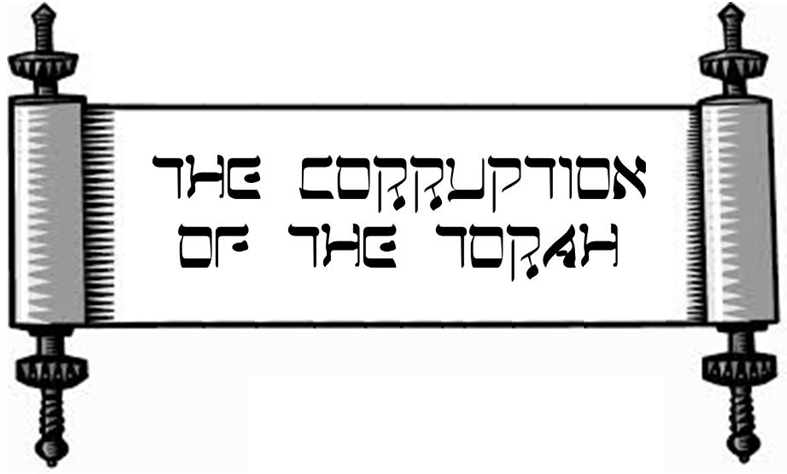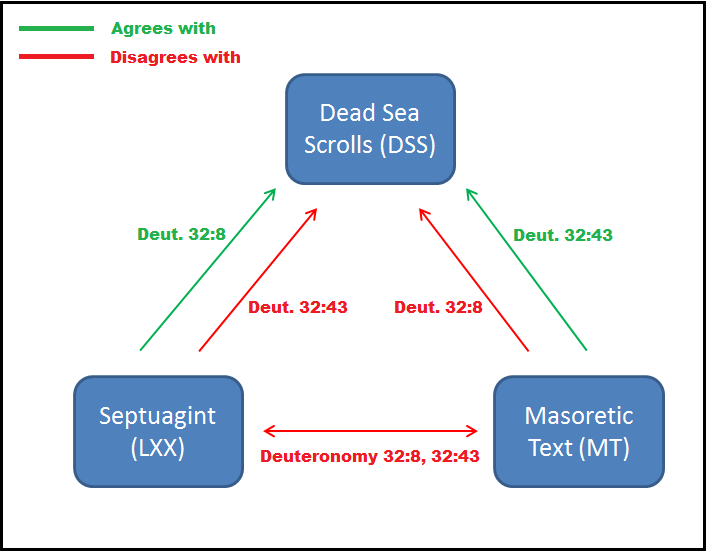
Many Jews and Christians maintain that the Torah we have today represents the words of God as revealed to Moses at Mount Sinai. The Jews were entrusted with obeying and preserving the Torah of Moses. God commanded them not to corrupt His message:
“Whatever I command you, you shall be careful to do; you shall not add to nor take away from it.” [Deuteronomy 12:32]
The purpose of this article is to show that far from being the pure word of God, the Torah that we have today has in fact been tampered with by man.
Please note that it is a pillar of faith for us as Muslims to believe that Moses, a great Prophet of God, received revelation. As will soon be demonstrated however, we also believe from both a theological and historical point of view, that the Torah we have today is not the same as what was originally revealed to Moses, peace be upon him.
WHAT IS TORAH
The Old Testament we have today is a collection of books consisting of the Law, stories of the Prophets and various other writings such as the Psalms. The Hebrew word ‘Torah’ literally means instruction or teaching. It is used by Jews and Christians to refer to the first five books of the Old Testament (Genesis, Exodus, Leviticus, Numbers and Deuteronomy). They believe these were dictated to Moses by God Almighty.
WHICH VERSION OF TORAH
The first problem we must deal with when discussing the Torah is the fact that there are many different versions being used today by Jews and Christians. Here are some examples of texts that contain different versions of the Torah. They are listed in order of oldest surviving manuscript evidence [1]:
- Dead Sea Scrolls (DSS) – These are a collection of texts discovered between 1946 and 1956 inside caves near the Dead Sea. The texts are of great religious significance because they include the earliest known surviving manuscripts of the Old Testament but many are fragmentary. The scrolls date from approximately 150 BCE – 70 CE.
- Septuagint (LXX) – This is the primary Greek translation of the Old Testament. It was completed by Jewish scholars in the late 2nd century BCE and the oldest manuscript evidence is the 2nd century BCE. Relatively complete manuscripts of the LXX include the Codex Vaticanus and the Codex Sinaiticus of the 4th century CE. These are the oldest surviving nearly-complete manuscripts of the Old Testament in any language.
- Masoretic Text (MT) – This is the authoritative Hebrew text of the Old Testament. The oldest extant manuscripts date from around the 9th century CE. This version is favoured by mainstream Judaism.
- Samaritan Torah (ST) – This is the Samaritan version of the Torah written in the Samaritan alphabet which is derived from the paleo-Hebrew alphabet used by the Israelite community prior to the Babylonian captivity. The Samaritans represent a sect of Judaism that split off from the mainstream. There are still a few hundred Samaritans living in modern-day Israel. The oldest extant manuscripts date from around the 11th century CE.
The reason why these are classified as different versions, as opposed to different translations, is because there are many thousands of variations that exist between these texts. So how can scholars identify the version of the Torah that is closest to the original Torah given to Moses? Unfortunately it’s not as simple as just taking the version that has the oldest surviving manuscripts. This would be the Dead Sea Scrolls (DSS), but the problem is that the DSS are highly fragmentary and only contain small portions of the Torah. Nor can we take the version with the earliest complete manuscript tradition, which would be the Septuagint (LXX), as this contains verses that are different to the earlier DSS. The Masoretic Text (MT), which is very late in terms of manuscripts compared to the LXX, actually agrees with the DSS in some places where the LXX disagrees. Here are some examples:
In the example above, the 32nd chapter of the Book of Deuteronomy is compared between the DSS, LXX and MT. Two verses are compared, 32:8 and 32:43. Even though we are comparing the same chapter of Deuteronomy, the texts never completely agree in all verses. Sometimes the DSS agree with the MT over the LXX, as in verse 32:43 [2], and sometimes the DSS agree with the LXX over the MT, as in verse 32:8 [3].
Unfortunately no one knows with certainty which version is the closest to the original Torah given to Moses. The proof of this is the way in which scholars of the Bible construct modern translations. Every modern translation of the Bible is essentially an eclectic translation because it combines from the different versions of the Torah. Sometimes scholars go with manuscripts of the MT, sometimes the LXX and sometimes the ST. By borrowing from the different manuscripts they are essentially creating a new Torah that never existed before!
Link collected :


